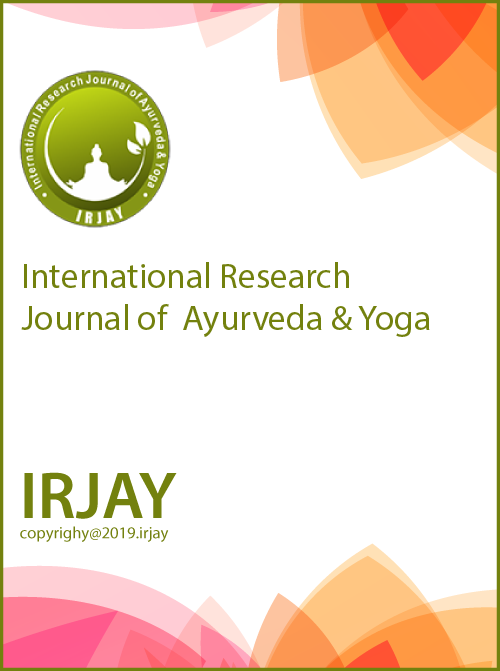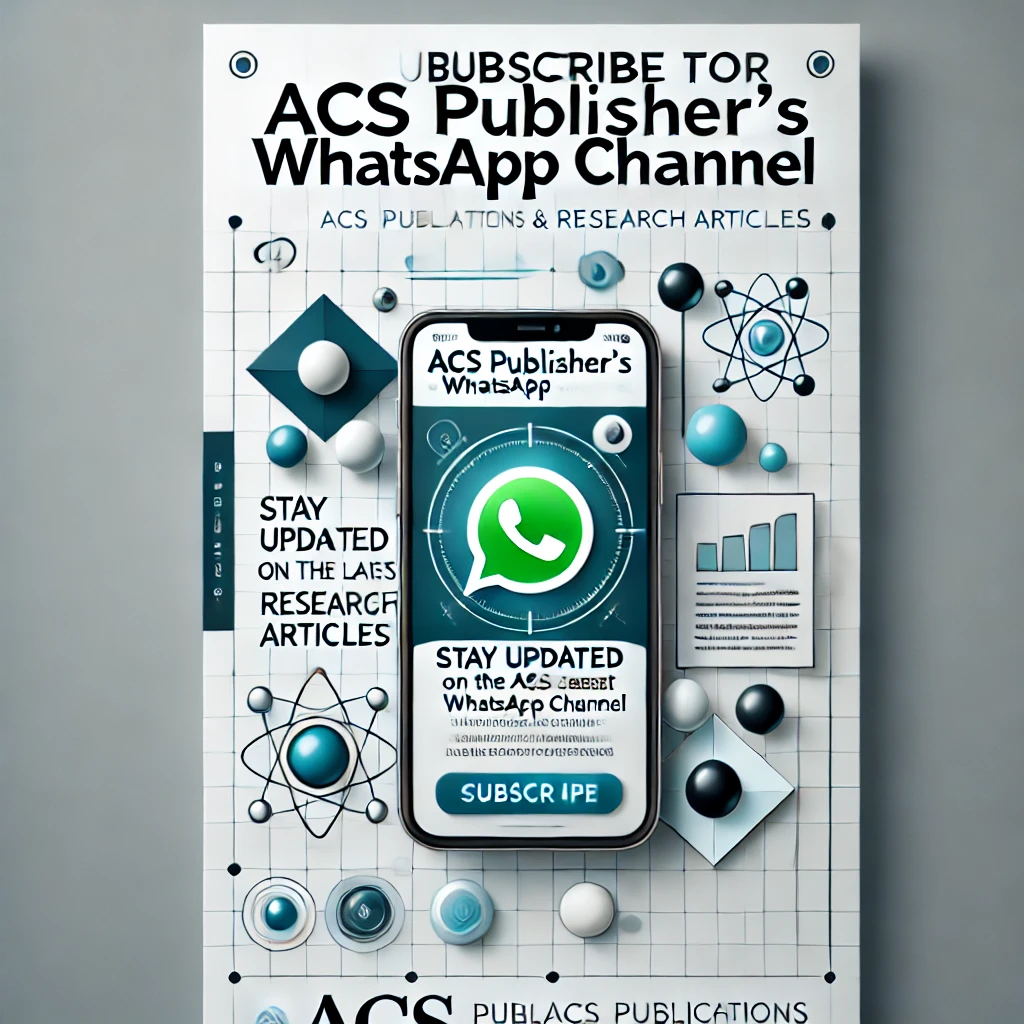UNRAVELING THE WOUND MANAGEMENT POTENTIALVRANYA DRAVYAS OF BHAVAPRAKASA NIGHANTU - A REVIEW
DOI:
https://doi.org/10.48165/IRJAY.2025.80205Keywords:
Bhavaprakasha Nighantu, Vranaropana, Vranashodana, Vranya dravya, Wound ManagementAbstract
Wound management, closely associated with the art of surgery, has been described in ayurveda, offering a broad scope for research that can significantly enhance modern wound care practices. Modern research has increasingly validated the therapeutic potential of herbs outlined in traditional Ayurvedic texts. The Bhavaprakasa Nighantu is a lexicon that catalogs an extensive array of medicinal plants and their applications. Numerous Vranya Dravyas identified in the Bhavaprakasa Nighantu have been found to possess antimicrobial, anti-inflammatory, and regenerative properties, offering a sustainable alternative to synthetic drugs in wound care. It alleviates pain, restores function, and improves quality of life while also saving costs on extensive treatments. By combining modern and traditional practices, it promotes natural healing and supports overall well-being This review delves into the wound management potential of these Vranya Dravyas, aiming to bridge the gap between traditional wisdom and contemporary medicine.
Downloads
References
Acharya YT, editor. Sushruta samhita of sushruta, Chikitsa sthana. Ch. 1. Ver. 3. Varanasi: Chaukhambha Orientalia; 2017. p. 98. 2. Kumar V, Nesari TM, Ghildiyal S, Sherkhane R. Pharmacodynamic appraisal of wound healing herbs of sushruta samhita. Ayu. 2021;42(9):1-18.
Padvi SB, Sharma R, Shah HS. Essential ayurvedic diagnostic approach of vrana-a conceptual study. J Ayurveda Integr Med Sci. 2024;9(3):178-80.
Velnar T, Bailey T, Smrkolj V. The wound healing process: An overview of the cellular and molecular mechanisms. J Int Med Res. 2009;37(5):1528-32.
Vinaya B. Time framework and insights from ayurveda on wound management. Int J Res Ayurveda Pharm. 2014;5(8):561-5. 6. Yadav S, Kadu AS, Chandel V, Verma P. A critical review of Vishaghna Dravya mentioned in Bhavprakash Nighantu. Int J Health Sci Res. 2020;10:210-5.
Sivamani R, Ma B, Wehrli L, Maverakis E. Phytochemicals and naturally derived substances for wound healing. Adv Wound Care (New Rochelle). 2012;3:213-7. doi: 10.1089/wound.2011.0330
Vitale S, Colanero S, Placidi M, Di Emidio G, Tatone C, Amicarelli F, D’Alessandro AM. Phytochemistry and biological activity of medicinal plants in wound healing: An overview of current research. Molecules. 2020;10(1):210-5. doi: 10.3390/molecules27113566
Vitthalrao A, Kadam RV. Shashti upakrama by sushruta in the management of Vrana W.S.R. to wound-a literature review. Int Ayurvedic Med J. 2021;10(1):210-5.
Saini S, Dhiman A, Nanda S. Traditional Indian medicinal plants with potential wound healing activity: A review. Int J Pharm Sci Res. 2016;6(8):1809-19.
Mangoni ML, McDermott AM, Zasloff M. Antimicrobial peptides and wound healing: Biological and therapeutic considerations. Exp Dermatol. 2016;6(8):1809-19. doi: 10.1111/exd.12929
VishakhaVitthalrao A, Kadam RV. Shashti upakrama by sushruta in the management of vrana W.S.R. to wound-a literature review. Int Ayurvedic Med J. 2021;8(5):180-5.
Kumar, et al.: Wound Management Potential of Dravyas in Bhavaprakasa Nighantu 2025; 8(2):19-27
Government of India, Ministry of Health and Family Welfare, Department of Ayush. API-Ayurvedic pharmacopeia of India. Vol, 1-5. India: Government of India, Ministry of Health and Family Welfare, Department of Ayush; 2012.
Sastry JL. Dravyaguna vijnyan [Study of the essential medicinal plants in ayurveda]. Vol. 2, 9. Varanasi: Chaukhambha Orientalia; 2010. p. 89-90.
Al-Khayri JM, Sahana GR, Nagella P, Joseph BV, Alessa FM, Al-Mssallem MQ. Flavonoids as potential anti-inflammatory
molecules: A review. Molecules. 2022;27(9):2901. doi: 10.3390/ molecules27092901

